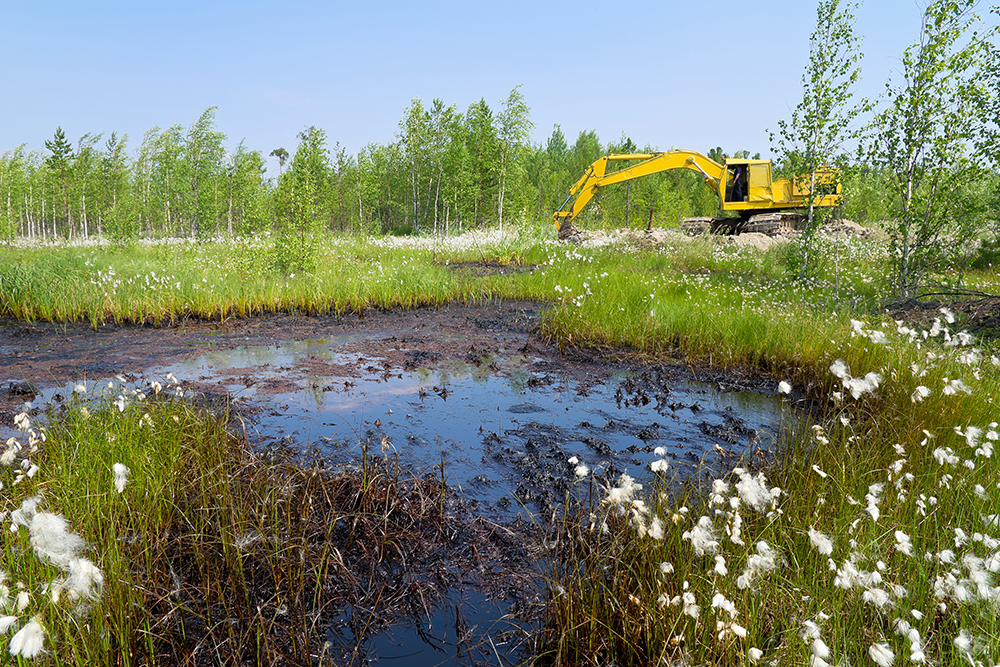4 of the most common soil remediation techniques

Contaminated soil is an environmental problem caused by the release of hazardous substances into the environment. The presence of these contaminants in soil can adversely affect human health and the environment, so remediation is often necessary to restore and protect the affected area. Let’s take a look at common contamination sources, as well as some of the remediation techniques available for treating contaminated soil.
Common Sources of Soil Contamination
The most common sources of contamination come from industrial activities such as landfills, agricultural sites, and oil spills. Other sources include hazardous waste disposal sites, military bases, underground tanks, chemical spills, and leaking sewer pipes. These sources can lead to a variety of contaminants including heavy metals, volatile organic compounds (VOCs), petroleum hydrocarbons, pesticides, herbicides, PCBs (polychlorinated biphenyls), and other hazardous materials.
Keep Reading: What is soil remediation?
Soil Remediation Techniques
There are many different techniques used for remediating contaminated soil. The most effective method will depend on the type and concentration of contaminants present in the soil as well as local regulations. Common techniques include excavation/removal; biological treatment; thermal treatment; physical/chemical treatment; and in situ treatment.
- Excavation/removal involves physically removing contaminated soils from an area and disposing them at a regulated landfill site or off-site facility designed to handle hazardous materials properly.
- Biological treatment uses microorganisms to break down contaminants into harmless byproducts while thermal treatment utilizes heat to destroy or remove contaminants from soils through oxidation or distillation processes.
- Physical/chemical treatments involve using chemicals like surfactants or adsorbents to bind with contaminants while in situ treatments are used when it is not feasible to excavate contaminated soils due to their volume or location.
- In situ treatments involve introducing chemical agents directly into the subsurface soils for on-site remediation without having to excavate them first.
Keep Reading: What is the environmental remediation process?
Soil contamination can be a major issue that requires careful attention and may necessitate remediation efforts if left unchecked for too long. While there are several possible causes of contamination, there are also many different remedies available depending on local regulations and the specific type and concentration of contaminants present in the soil sample being tested. By understanding your options when it comes to remediating contaminated soil you can ensure that any necessary remedial work is done safely and properly without putting human health or the environment at risk.